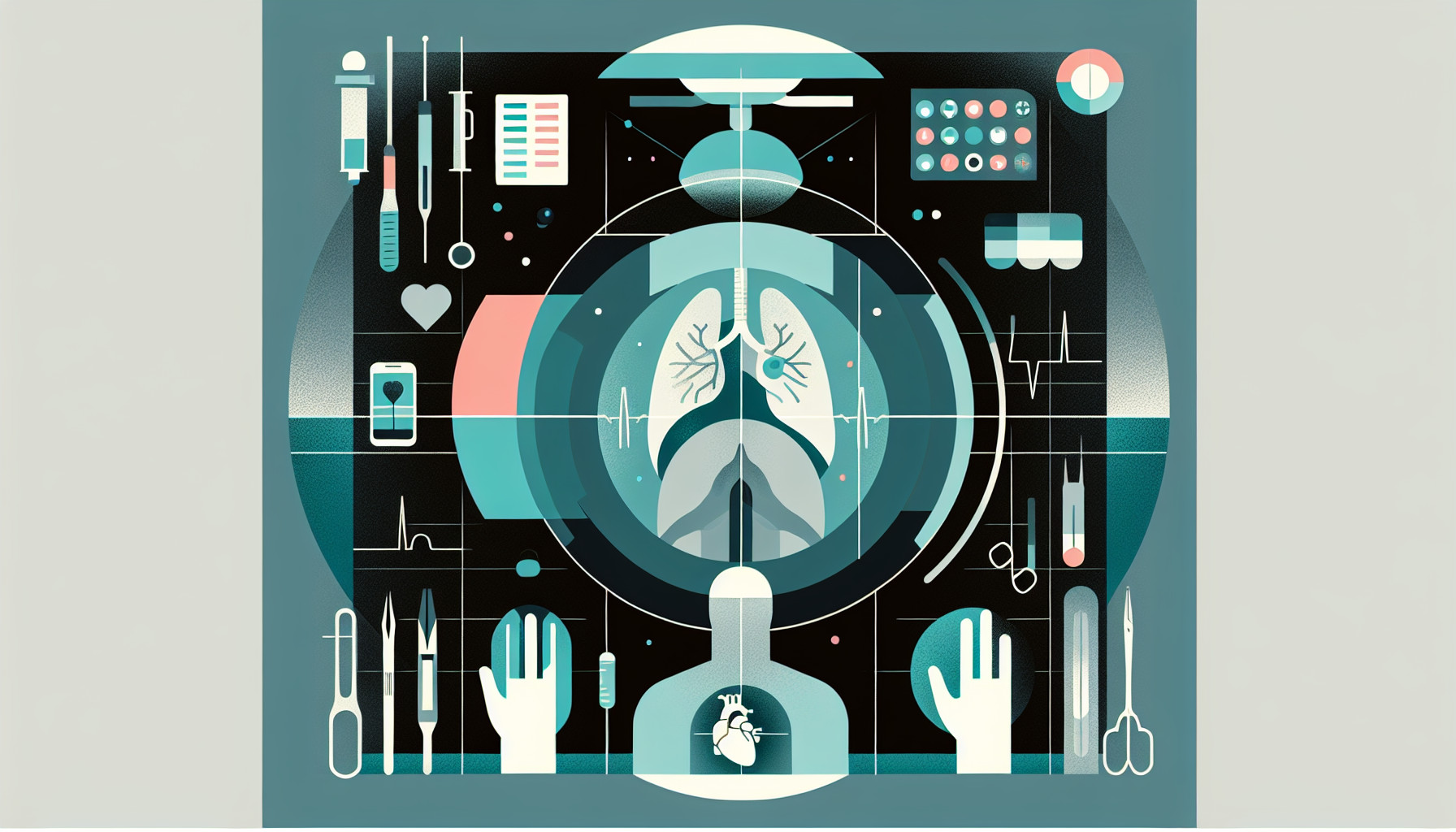Our Summary
This research paper looks at the different techniques used in nipple-areola complex reconstruction (NAR), which is often the final step in breast reconstruction surgery. This surgery is important not just for physical appearance, but also for the patient’s psychological well-being. However, the final results can sometimes be disappointing. The authors of the study reviewed over 3000 articles to find the most relevant and useful information. They focused on five main areas: different NAR techniques, patient factors (like timing and positioning), dressings, possible complications, and patient satisfaction. Based on this, they created a decision-making guide to help doctors choose the best technique for each patient. However, the authors note that there isn’t a one-size-fits-all method for NAR, and each case needs to be considered individually. They also mention that more clinical trials are needed to give doctors better guidance in this area.
FAQs
- What are the main aspects of nipple-areola complex reconstruction (NAR) that the research paper focused on?
- How do the authors of the study suggest choosing the best technique for NAR for each patient?
- What are the authors of the research paper’s views on the current state of clinical trials in NAR?
Doctor’s Tip
One helpful tip a doctor might tell a patient about nipple reconstruction is to communicate openly and honestly about their expectations and desired outcomes. It is important for patients to have realistic expectations about the results of the surgery, as nipple reconstruction can be a complex process and the final appearance may not always be exactly as desired. By discussing their goals and concerns with their doctor, patients can work together to create a treatment plan that meets their needs and ensures the best possible outcome.
Suitable For
Patients who have undergone mastectomy as part of breast cancer treatment are typically recommended nipple reconstruction. This includes patients who have had a full mastectomy or a partial mastectomy (lumpectomy) with nipple loss. Nipple reconstruction can help restore the natural appearance of the breast and improve the patient’s self-esteem and body image.
Nipple reconstruction may not be suitable for all patients, especially those with certain medical conditions that may increase the risk of complications. It is important for patients to discuss their medical history and concerns with their plastic surgeon to determine if nipple reconstruction is a viable option for them. Additionally, patients should have realistic expectations about the outcome of the procedure, as nipple reconstruction may not always perfectly replicate the appearance of a natural nipple.
Timeline
Before nipple reconstruction:
- Patient undergoes mastectomy surgery to remove breast tissue
- Patient may undergo breast reconstruction surgery using implants or tissue transfer
- Patient may wait for several months to a year after breast reconstruction surgery to allow the breast to heal and settle
- Patient discusses options for nipple reconstruction with their surgeon
After nipple reconstruction:
- Patient undergoes nipple reconstruction surgery, which can be done using various techniques such as skin grafts, local flaps, or tattooing
- Patient may experience mild discomfort, swelling, and bruising after surgery
- Patient may need to wear a dressing or compression garment for a period of time to aid in healing
- Patient attends follow-up appointments with their surgeon to monitor healing and address any concerns
- Patient may undergo areola tattooing to enhance the appearance of the reconstructed nipple
- Patient experiences improved self-esteem and body image following nipple reconstruction, leading to increased satisfaction with their overall breast reconstruction results.
What to Ask Your Doctor
Some questions a patient should ask their doctor about nipple reconstruction may include:
- What are the different techniques available for nipple-areola complex reconstruction?
- Which technique do you recommend for me and why?
- What are the potential risks and complications associated with nipple reconstruction surgery?
- How long is the recovery process and what can I expect during the healing period?
- Will I need additional surgeries or touch-up procedures in the future?
- What are the expected outcomes of nipple reconstruction in terms of appearance and sensation?
- Can you show me before and after photos of previous patients who have undergone nipple reconstruction?
- How soon after my initial breast reconstruction surgery can I undergo nipple reconstruction?
- How will the reconstructed nipple-areola complex match my natural breast in terms of size, shape, and color?
- What can I do to ensure the best possible outcome of my nipple reconstruction surgery?
Reference
Authors: Paolini G, Firmani G, Briganti F, Sorotos M, Santanelli di Pompeo F. Journal: Aesthetic Plast Surg. 2021 Jun;45(3):933-945. doi: 10.1007/s00266-020-02047-9. Epub 2020 Nov 20. PMID: 33216178
